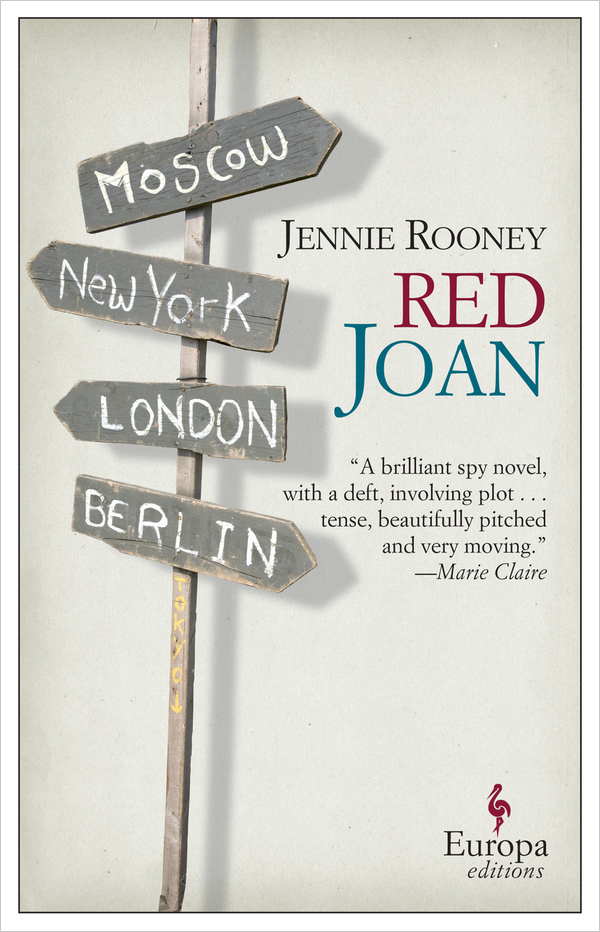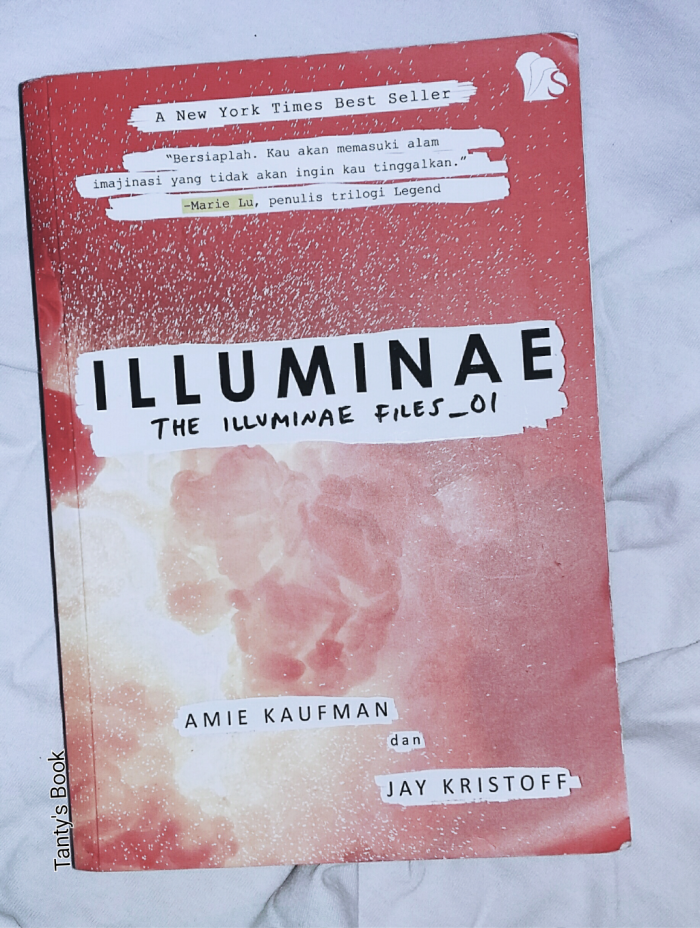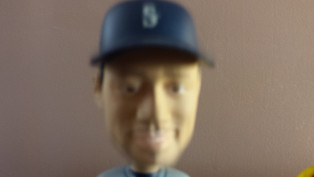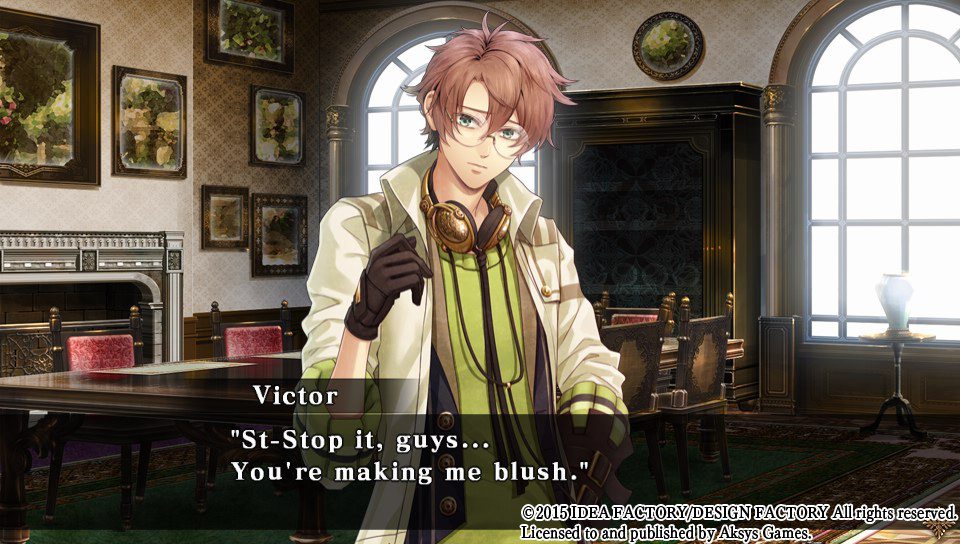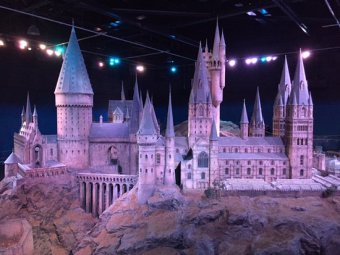
What it’s about: An employee of a water supply concern tries to prevent his city from being destroyed by giant serpent gods, without having to fall back to the dark old ways of human sacrifice.
Notes:
- I really like the Craft Sequence for how it has so far enmeshed fantasy and urban fantasy tropes together in a highly original fashion. This notion of fantasy worlds grappling with modernity – not just in technology, but in the social structures that come with sophisticated industrializing societies – is relatively new ground in fantasy.
- In Two Serpents Rise, Gladstone depicts a society and city (Dresidiel Lex) that is heavily inspired by the Aztecs, but has since cast off its history of human sacrifice to appease the gods to enter a new gilded age roughly resembling 1920s New York. A city that sustains its burgeoning population on the magic of Craft, which draws its power from exploiting the natural world, leaving indigenous communities to suffer from the effects of rapacious extractionism, all in order to support the bourgeois lifestyles of the urban rich.
- The conceit is clearly meant to be a reflection of the real world – but Gladstone makes an interesting juxtaposition via highlighting the city’s Aztec-esque heritage. In decades past, before the advent of Craft (read: industrial age technologies), the city prospered by the periodic human sacrifice to appease two giant serpent deities residing at the heart of the city. In this context, the sacrifice is more visceral and barbaric, but it forces the city to confront the reality of its devil’s bargain (albeit glorifying it as a noble act) – rather than effacing it behind the impersonal but industrial-scale exploitations of faceless corporations, so that the urbanites of Dresidiel Lex can attend their parties with a clear conscience.
- The juxtaposition is the key to the plot, because the protagonist, Caleb, has to negotiate a new way for the city to survive beyond these two extreme ends. In a way, his character straddles both worlds – he is the son of one of the last priests of the old ways, and has gained some of the powers that they used to have – but on the other, he has gainful employment as an employee of a vast industrial concern that supplies water to the city using Craft. He is sympathetic in a way – someone who embraces modernity in part as a way to resolve the daddy issues resolving around the fact that his dad is a wanted terrorist who used to carve out people’s hearts, and who once subjected him to a painful ritual to grant him weird and unpleasant powers.
- Overall, it was an entertaining book, if not particularly memorable in terms of plot and character development – while Caleb was, I think, an interesting character, no one else really was, although one character – the King in Red, a deathless animated skeleton and CEO of Red King Incorporated, does make an impression, but more because he’s a deeply scary funky telekinetic skeleton. The Craft Sequence does have a lot of these nuggets of weirdness that stick in the mind.
- One thing that does stick out in my mind, though, is Gladstone’s unfortunate penchant for writing some of the most god awfully purple prose in fantasy literature. Seriously – the book is peppered with weird similes and hyperbolic images that read like bad high-school poetry, and actually detract, rather than augment, the reader’s mind’s eye of what is being described. Like this extract from a single page of Caleb and love-interest Mal having sex on a beach amidst fireworks:
- “…as they lay with each other, on each other, in each other, the flame built…her laugh shook the world…they breathed in unison, and clutched each other forever. Fireworks burst and burned, flared and retreated. The sky broke open time and again only to reclaim its darkness. All was subsumed in flames, which were themselves dancers, singers, beaters of drums, flowering on the infinite to die.”
- Narmy, isn’t it?
Verdict: Creative, inventive and stellar urban fantasy, stymied somewhat by a somewhat unmemorable plot and characters and at times awfully purple prose.
I give this: 4 out of 5 thaums
Advertisements Share this:
